A robotaxi with a passenger drives down Austin Street. Photo: Reuters . |
On the morning of June 22, people discovered driverless Tesla Model Y cars moving on the streets of Austin, Texas. Shortly after, CEO Elon Musk posted on his social media platform X that Tesla's robotaxi launch would begin that afternoon, with a fixed price of $4.20 per ride.
Tesla plans to have a human sitting in the front seat, acting as a safety monitor, but it’s unclear how much control that person will have over the vehicle. Videos of driverless Teslas have also been posted on social media, but it’s unclear whether the vehicles will carry passengers.
Meanwhile, Texas lawmakers have begun enacting regulations for self-driving vehicles in the state. On June 20, Republican Governor Greg Abbott signed a law requiring state licensing to operate self-driving cars.
The law will not take effect until September 1. The approval shows that state officials from both parties want the driverless car industry to proceed cautiously, according to Reuters . A group of state Democratic lawmakers have also asked Tesla to delay robotaxi testing because of the new law.
A 2017 Texas law previously barred cities from enacting their own regulations on self-driving cars. The new law marks a softening of the state’s previously anti-regulatory stance.
Operators of self-driving vehicles must receive approval from the state’s Department of Transportation before operating on public roads. The state has the power to revoke the license if the driverless vehicle is deemed to be “a danger to the public.” The company is required to provide information to police and emergency responders on how to handle self-driving vehicles in an emergency.
Autonomous vehicles must be at least “Level 4” capable of driving themselves. Level 5 is the highest level, allowing for fully autonomous driving in all conditions and everywhere.
Reuters noted that the process in Texas is still much easier than in some other states, especially California. The most populous state in the US requires companies to submit detailed vehicle testing data under state supervision.
Tesla’s robotaxi launch is the first realization of a promise made by CEO Elon Musk in more than a decade. Many industry analysts believe that much of Tesla’s stock value depends on its ability to deliver robotaxi and humanoid robot services. The company is now the world’s most valuable automaker.
Musk said Tesla will be “extremely vigilant” about safety during the Austin deployment. The company plans to operate the vehicles only in areas it deems safest. Other restrictions include avoiding bad weather, complex intersections, and no passengers under the age of 18. Musk said he is willing to delay the deployment if necessary.
Tesla fans are buzzing with excitement after the launch. “Wow. We’re going to be riding in driverless Teslas in just a few days,” wrote Omar Qazi, who has 635,200 followers on X.
Commercializing self-driving cars is a risky and expensive process. GM’s Cruise subsidiary was shut down after a fatal crash. Regulators are closely monitoring Tesla and rivals like Alphabet’s Waymo and Amazon’s Zoox.
Tesla is also going against the norm in the still-nascent self-driving industry. Instead of using multiple sensor technologies like its competitors, it uses cameras to “read” the road. Musk says this approach is still safe and much cheaper than integrating LiDAR and radar systems.
Source: https://znews.vn/cot-moc-moi-cua-tesla-va-elon-musk-post1562908.html


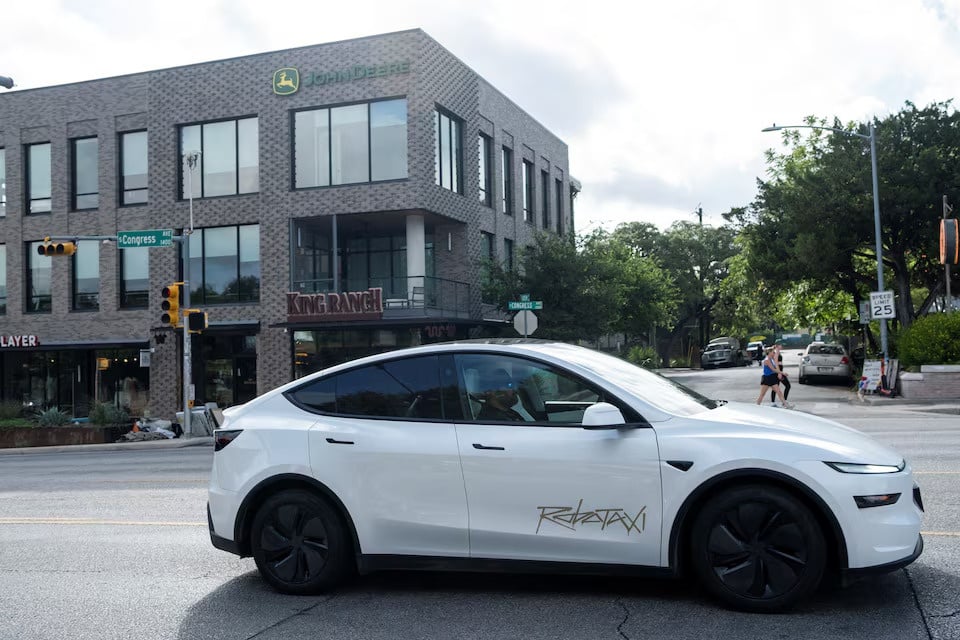

![[Photo] Prime Minister Pham Minh Chinh chairs conference to accelerate disbursement of public investment capital, deploy key projects and eliminate temporary and dilapidated houses](https://vphoto.vietnam.vn/thumb/1200x675/vietnam/resource/IMAGE/2025/6/23/fcb205e3ca19432eac326f55123308f4)
![[Photo] Prime Minister Pham Minh Chinh chairs national online conference on new rural construction and poverty reduction](https://vphoto.vietnam.vn/thumb/1200x675/vietnam/resource/IMAGE/2025/6/23/0d239726be21479db1ea6d8d77691a6d)

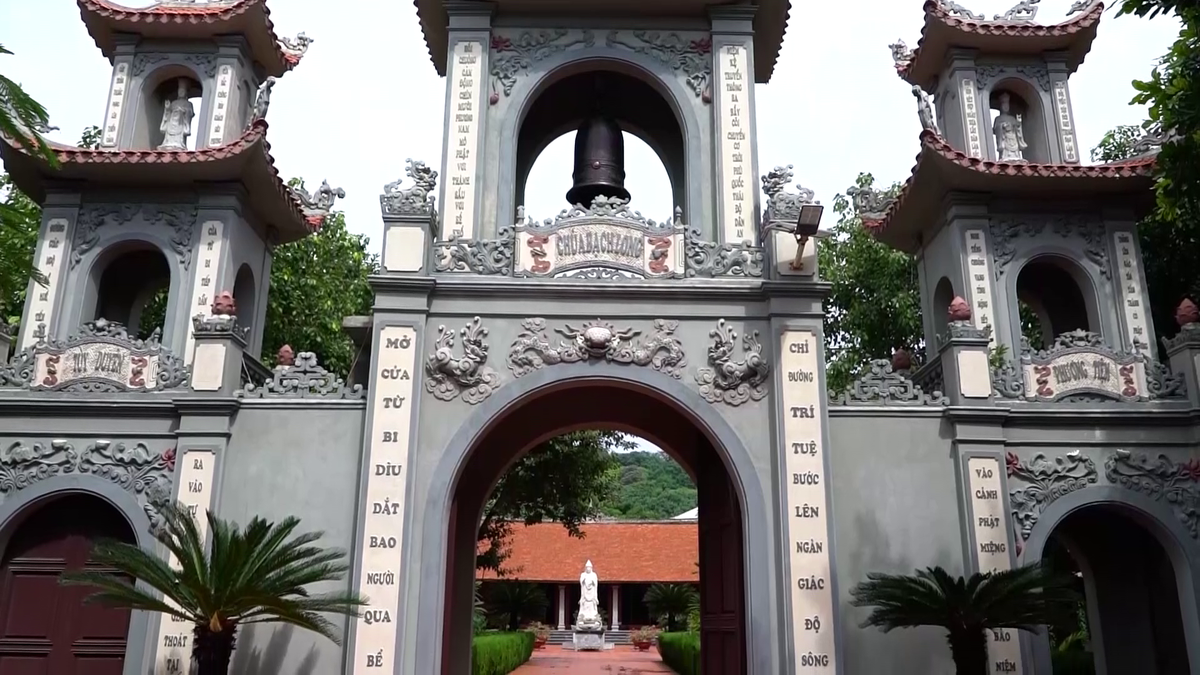
![[Photo] General Secretary To Lam works with the Party Committee of the Fatherland Front and Central organizations](https://vphoto.vietnam.vn/thumb/1200x675/vietnam/resource/IMAGE/2025/6/23/a252b388e91447ac8fabf948c00f2a21)
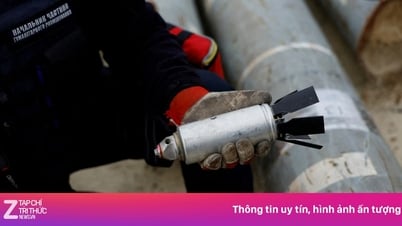
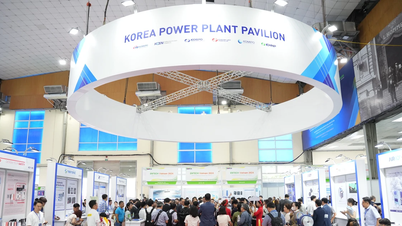

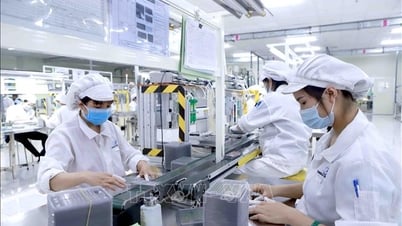

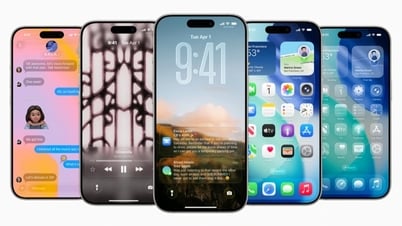

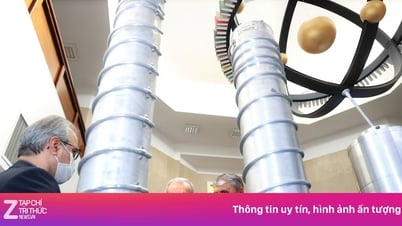
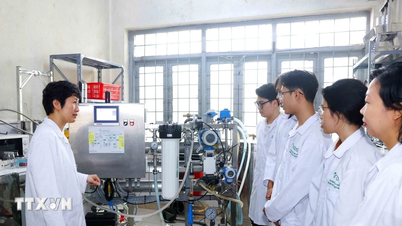








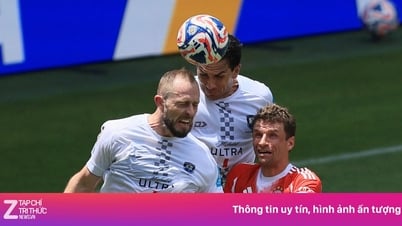



























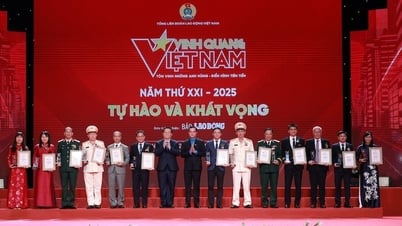

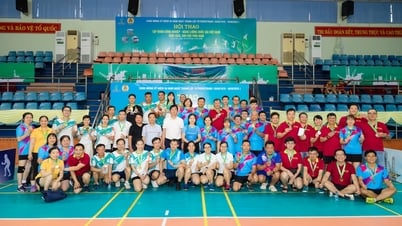
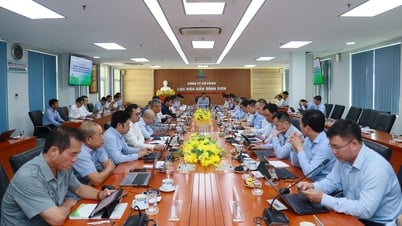

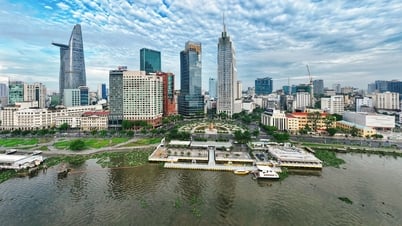


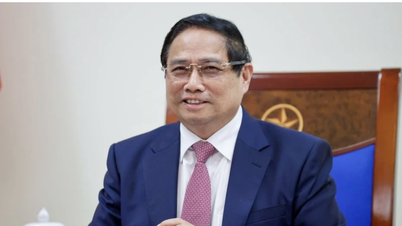
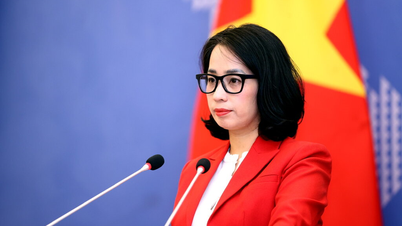
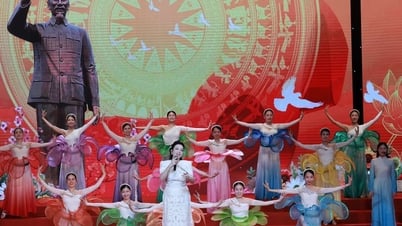
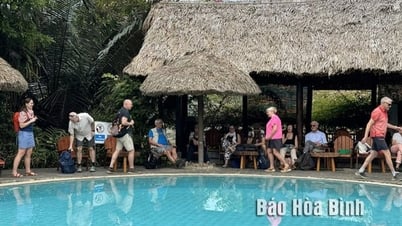

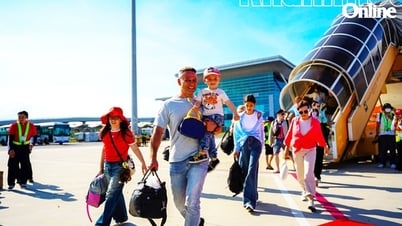
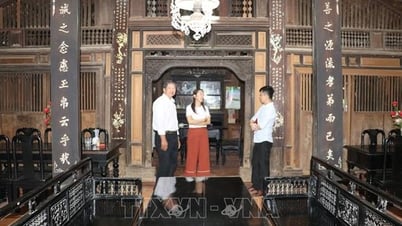
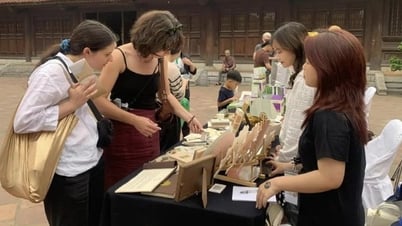
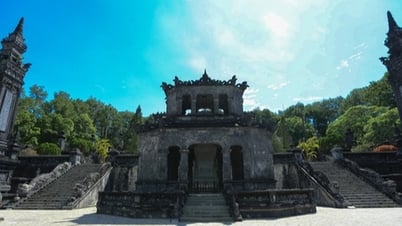
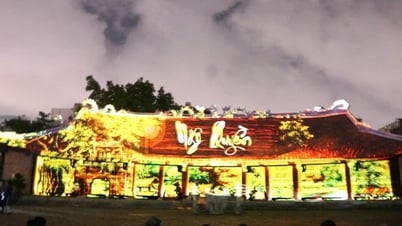


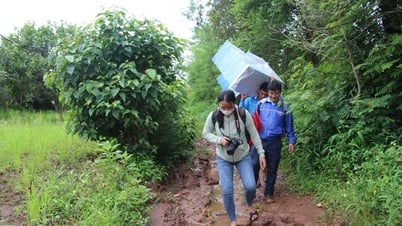

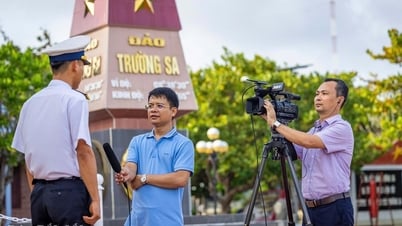
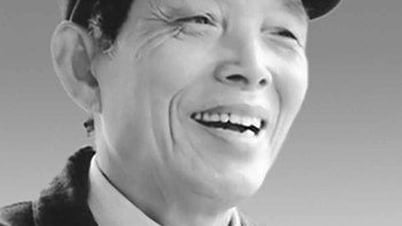
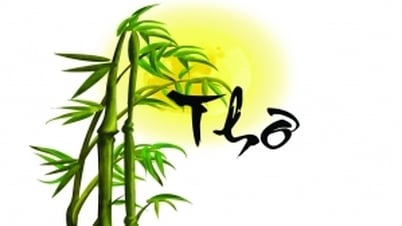










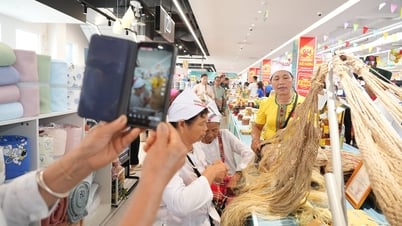




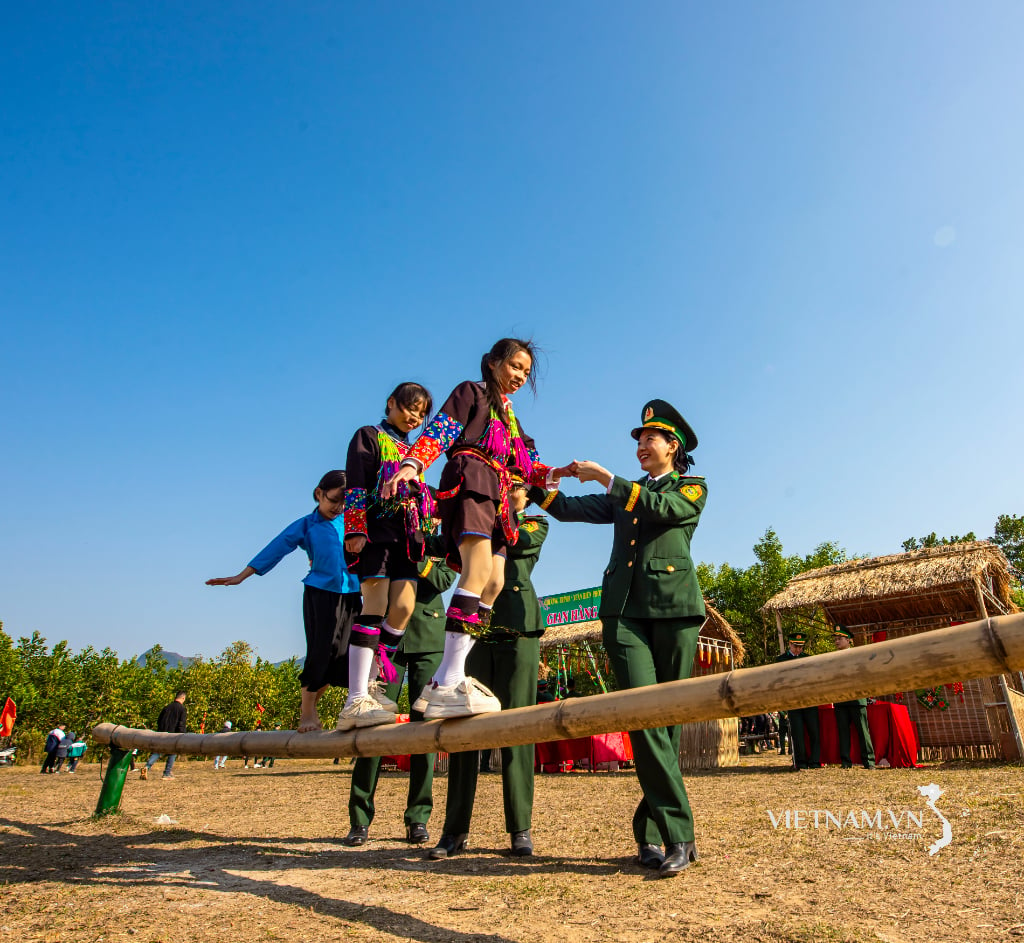
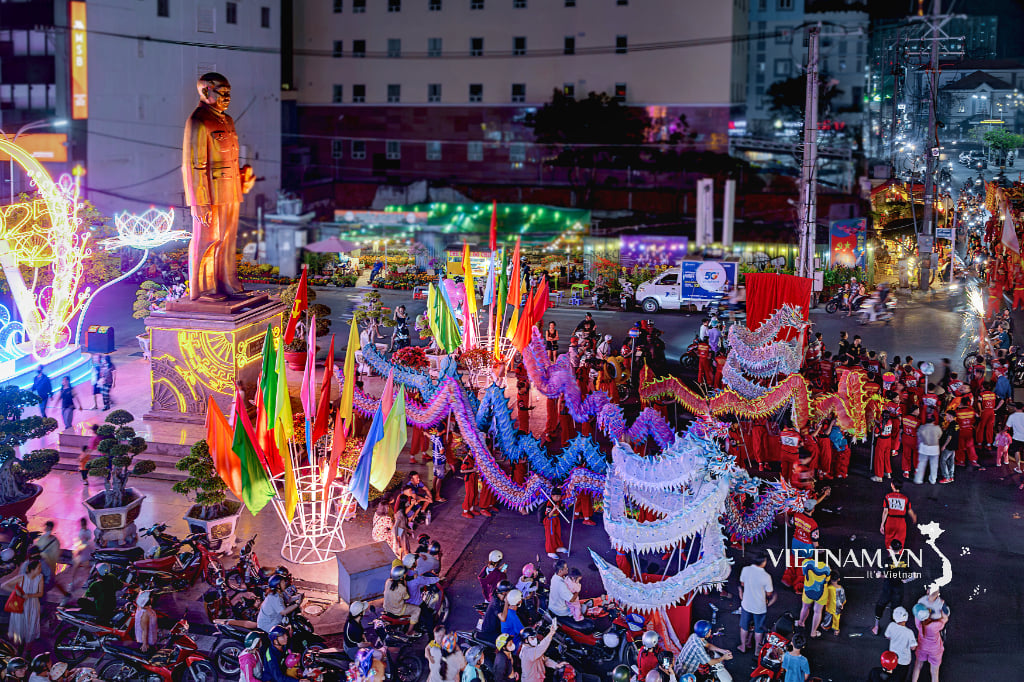
Comment (0)